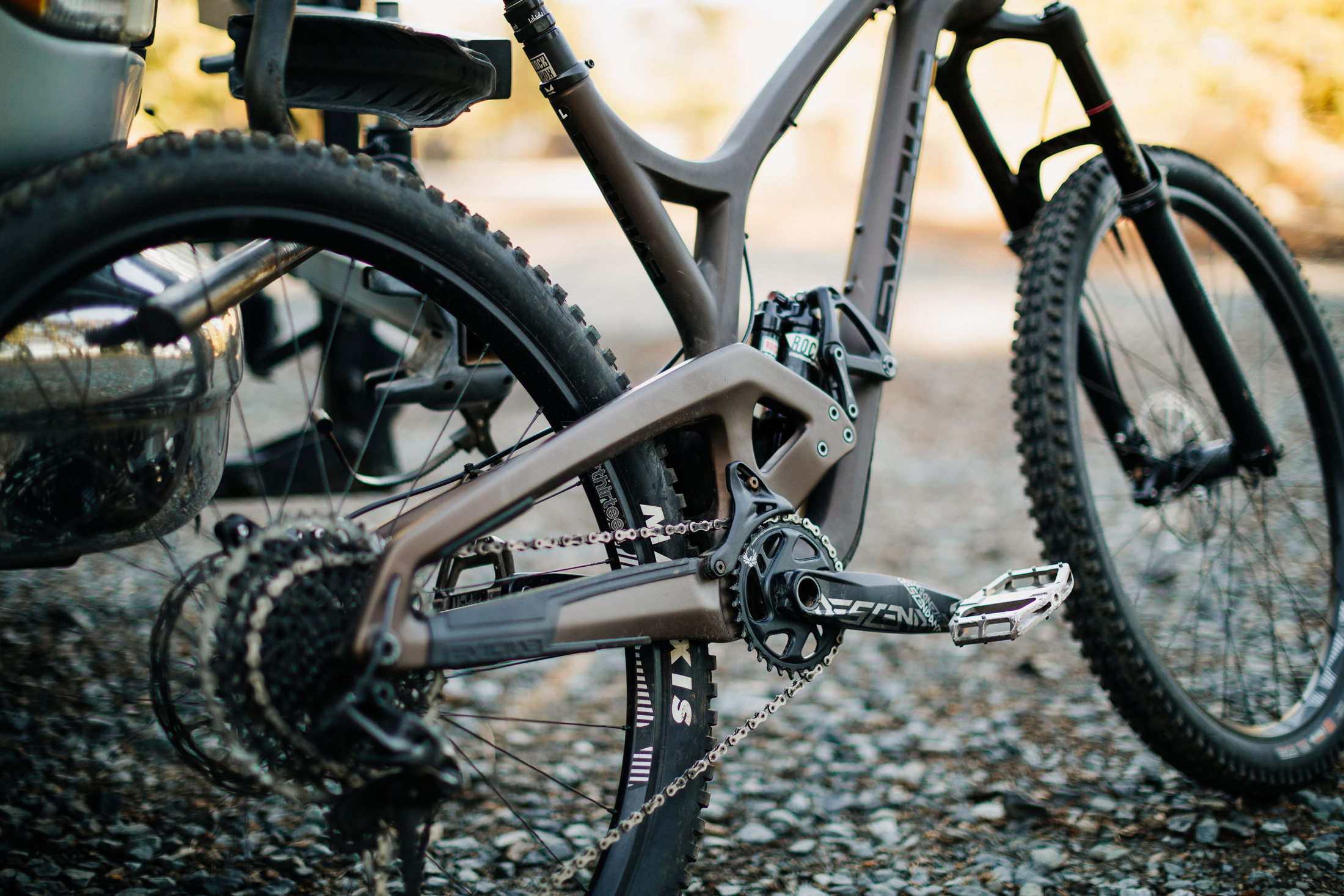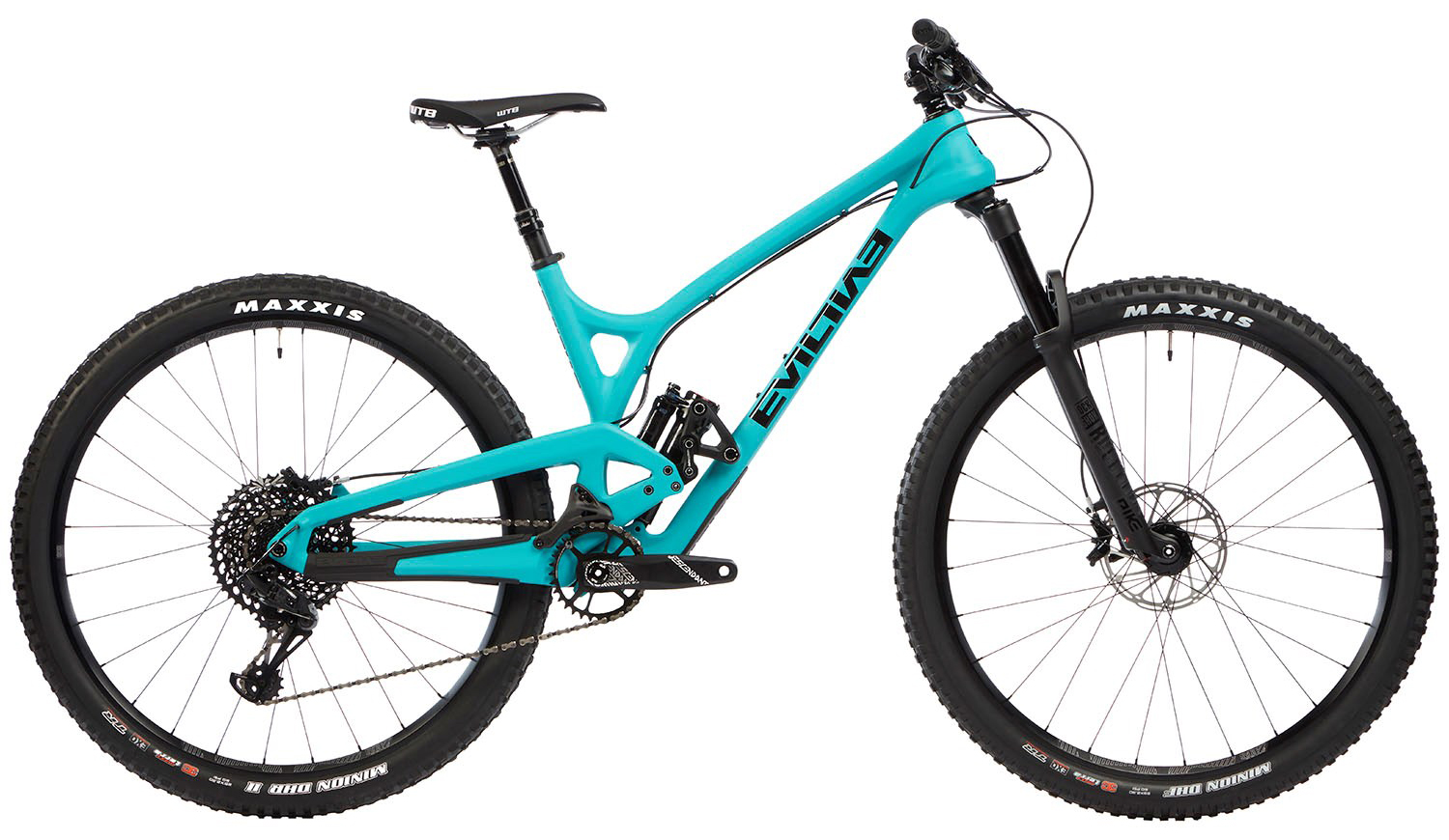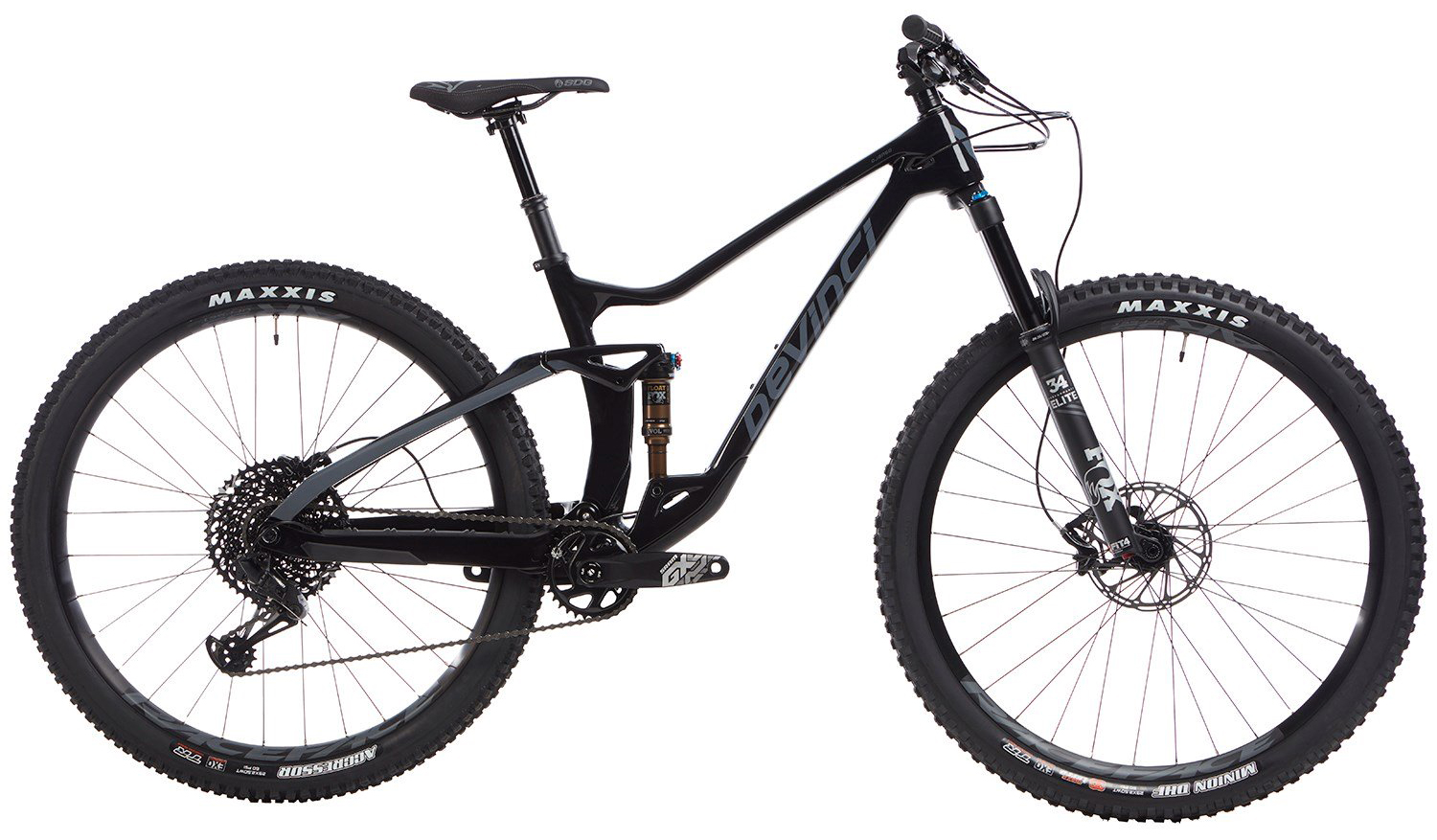So, you’re looking to buy a new mountain bike. That’s an exciting place to be in, but it also has the potential to be frustrating and confusing. And that’s especially true if you’re looking for a trail bike.
The mountain bike industry loves to come up with new categories, buzzwords, and features every year, and it can all add up to a cacophony of contradictory counsel. So we reached out to the folks at evo to parse through the maze of specs, numbers, and specialty bike lingo.
How to Choose a Trail Bike
Picking your new bike doesn’t need to be a chore. Our team here at evo has put together a few fundamental questions you can answer to choose a bike that will leave you laughing every time you ride it.
What Does ‘Trail Bike’ Even Mean?
Before we can get started on the fun part, it’s important to define some terms. The bike industry has struggled for a long time to classify different styles of bikes, and trail bikes are no exception.
Part of that comes from the fact that everyone’s trails are different — the rolling hills of Arkansas reward a different style of bike than the loamy steeps of the Pacific Northwest. And there’s no reason to get your bike shorts in a twist if your definition of a “trail bike” doesn’t fit everyone else’s.
For our purposes, a trail bike is the most versatile bike you can get for your particular region. It’s the one bike you can happily ride on every trail you enjoy.
It’s not an XC race whip or an enduro sled. Instead, it’s a happy medium that can handle a little bit of everything. It can have 29- or 27.5-inch wheels, and anywhere from 120 to 140 mm of rear travel.
So, the first question to ask yourself is: What are my trails like? Do a quick mental catalog of your favorite rides, the trails that you find yourself on the most. Are they mostly smooth, rolling singletrack? Or are they steep, rocky, and technical, with long climbs followed by gnarly descents?
The more challenging and technical your average ride is, the more travel you should be looking for from your trail bike.
What Wheel Size Should You Get?
Right now, there are two main mountain bike wheel sizes: 29-inch and 27.5-inch. They perform pretty similarly, but their differences are both subtle and important.
The smaller 27.5-inch wheels are a little easier to turn quickly, can help a bike feel more playful, and are perfect for shorter riders. On the other hand, 29-inch wheels roll over rocks and roots with less effort and deliver more traction.
If you’re not sure what size you’ll prefer, don’t beat yourself up over it. Wheel size isn’t the most important characteristic of a bike. Just find a bike that fits our other requirements regardless of wheel size.
How Much Travel Should My Bike Have?
One of the funniest things about the bike industry is that we measure wheel size in inches but measure wheel travel in millimeters. Generally, the more travel a bike has, the more comfortable it will be on steeper, more technical trails.
On the flipside, bikes with less travel are usually more efficient climbers and feel more snappy when pedaling.
















